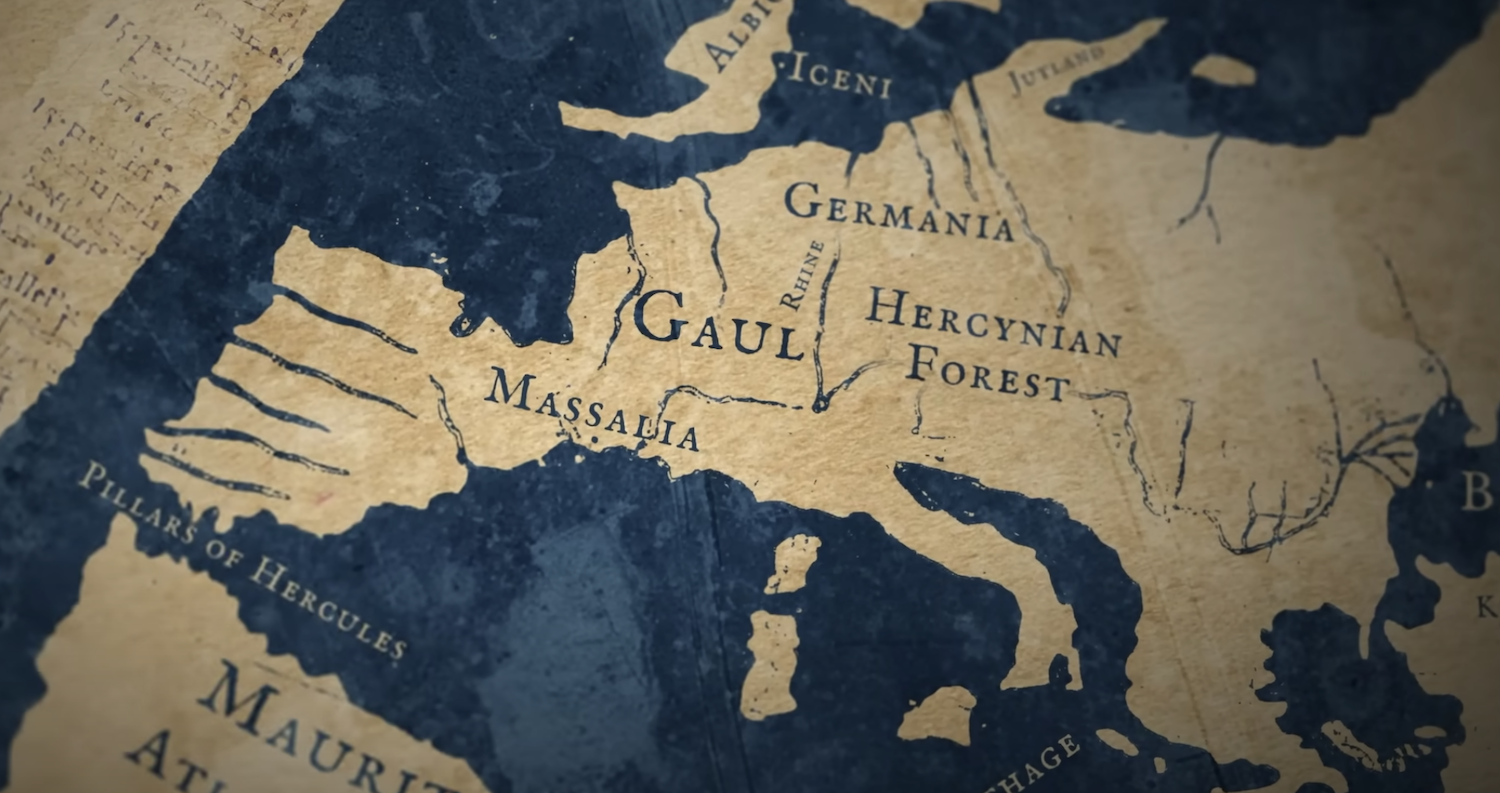
If you really want to impress your family, friends, and social-media following with your next voyage abroad, consider booking a trip to Thule. But where, exactly, is it? It could be Iceland or Greenland within the Orkney archipelago of northern Scotland; it could be the Estonian island of Saaremaa; it could be the Norwegian island of Smøla. To understand the location of the much-mythologized Thule for yourself — and more so, its meaning — you should consult not sources nor modern but ancient, or at least medieval. That’s the modus operandi of the video above from Voices of the Past, which spends an hour and 45 minutes gathering historical impressions of not just Thule, but every extremity of the known world reached by the Roman Empire.
To much of humanity in antiquity, “the known world” was more or less a synonym for the territory of the Roman Empire. It was through the exertions of that mighty empire’s adventures, traders, and military men that, with time, the world to the north, east, west, and south of Rome itself became ever more “known,” and it is along those four cardinal directions that this video organized its tales.
Telling of expeditions “beyond Carthage,” it draws upon the words of ancient historians Appian of Alexandria, Polybius, and Arrian of Nicomedia; telling of the Roman pursuit of the trade-route “incense trails,” it brings in the Greek polymath Strabo as well as the King James Bible. Accounts of such even farther-flung places as the source of the Nile and the forests of Germania come from Pliny the Elder and the Roman Emperor Augustus.
This is all in keeping with the orientation toward primary sources of Voices of the Past, a Youtube channel previously featured here on Open Culture for videos on Nikola Tesla’s predictions for the world of 2026, Plato’s creation of the myth of Atlantis, ancient Japan as described by ancient Japanese, and the Roman Empire as described by an ancient Chinese historian. However you define it, Rome never constituted the entire world, nor even the entirety of the civilized world. But no previous civilization had ever made such a consistent effort to push its boundaries outward, reaching — and, if possible, mastering — distant realms of seemingly fantastical beasts, unfathomable landscapes, and uninhabitable climates. We might do well to imagine that it was just such places (or at least the Roman perception of those places) best symbolized by Thule, though whether you trust Plutarch, Josephus, or Tacitus’ description of it is up to you.
Related content:
A Map Showing How the Ancient Romans Envisioned the World in 40 AD
Plan Your Trip Across the Roads of the Roman Empire, Using Modern Web Mapping Technology
Ancient Rome’s System of Roads Visualized in the Style of Modern Subway Maps
Based in Seoul, Colin Marshall writes and broadcasts on cities, language, and culture. His projects include the Substack newsletter Books on Cities, the book The Stateless City: a Walk through 21st-Century Los Angeles and the video series The City in Cinema. Follow him on Twitter at @colinmarshall or on Facebook.

0 Commentaires